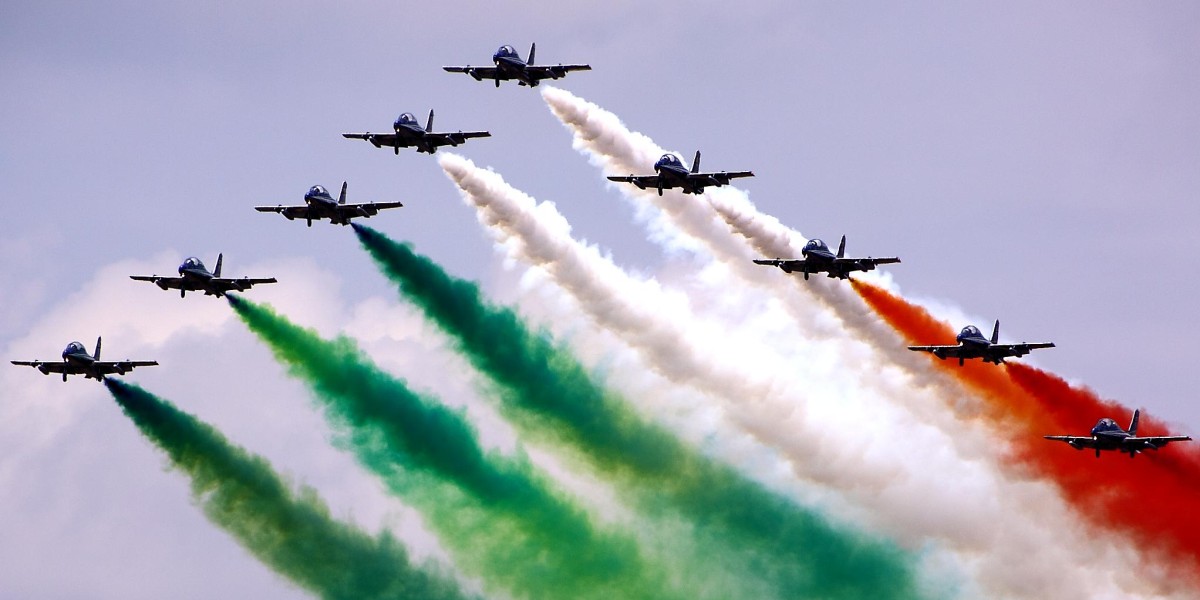
Italy's Republic Day, Festa della Repubblica, is celebrated annually on 2nd June. It marks the birth of the Italian Republic after the pivotal 1946 referendum. While some Italians view the national holiday as contentious, it nevertheless serves as a day when the entire country is adorned in Italian flags. Communities come together in gatherings to celebrate the idea of democracy and unity.
What happens on Republic Day in Italy?
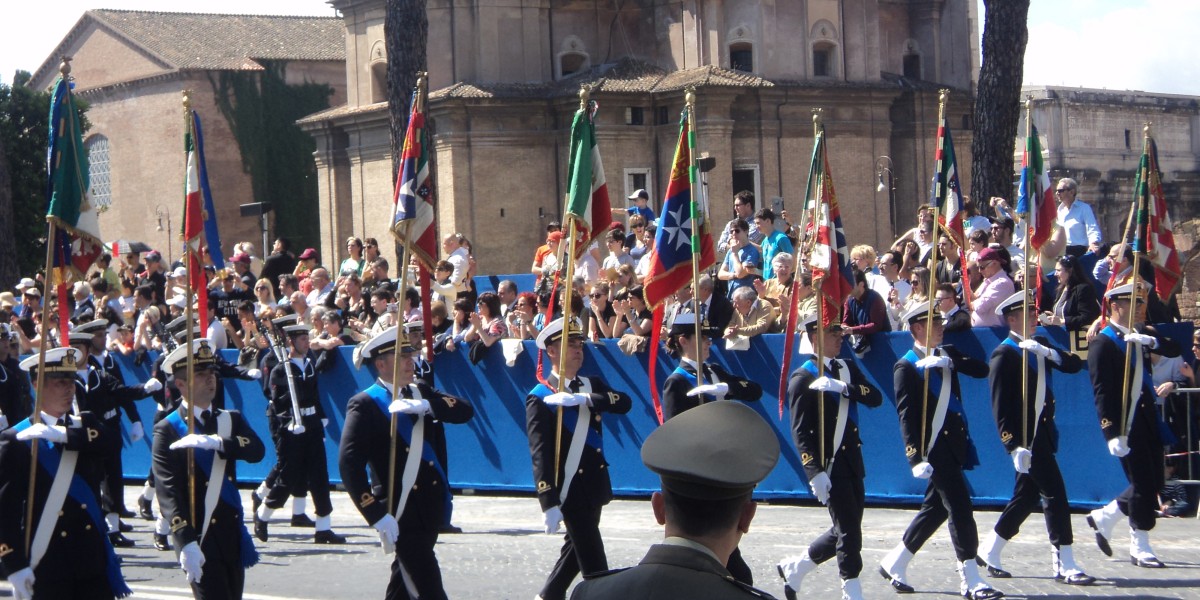
The day has become a festival characterised by military parades, flag-hoisting ceremonies, firework displays, and communal festivities across the country. The Italian tricolour flag is prominently displayed everywhere, and public spaces are adorned with decorations in green, white, and red.
The central celebration occurs in Rome, featuring a grand military parade along Via dei Fori Imperiali, attended by the President of Italy and other dignitaries. Various air shows, particularly by the Frecce Tricolori, the Italian Air Force's aerobatic demonstration team, are also part of the festivities. Plus, there is a wreath-laying ceremony at Altare della Patria.
Across the country, towns and cities mark the occasion with their own events, including concerts, fireworks, and public gatherings.
What is the main event on Republic Day?
The main event on Republic Day in Italy is the grand military parade in Rome. This impressive display takes place along Via dei Fori Imperiali and features participation from all branches of the armed forces. In addition to the parade, the President of Italy leads a ceremonial tribute at Altare della Patria. The day is also marked by the iconic Frecce Tricolori flyover, an aerial display showcasing the national colours.
The origins of Italy's Republic Day
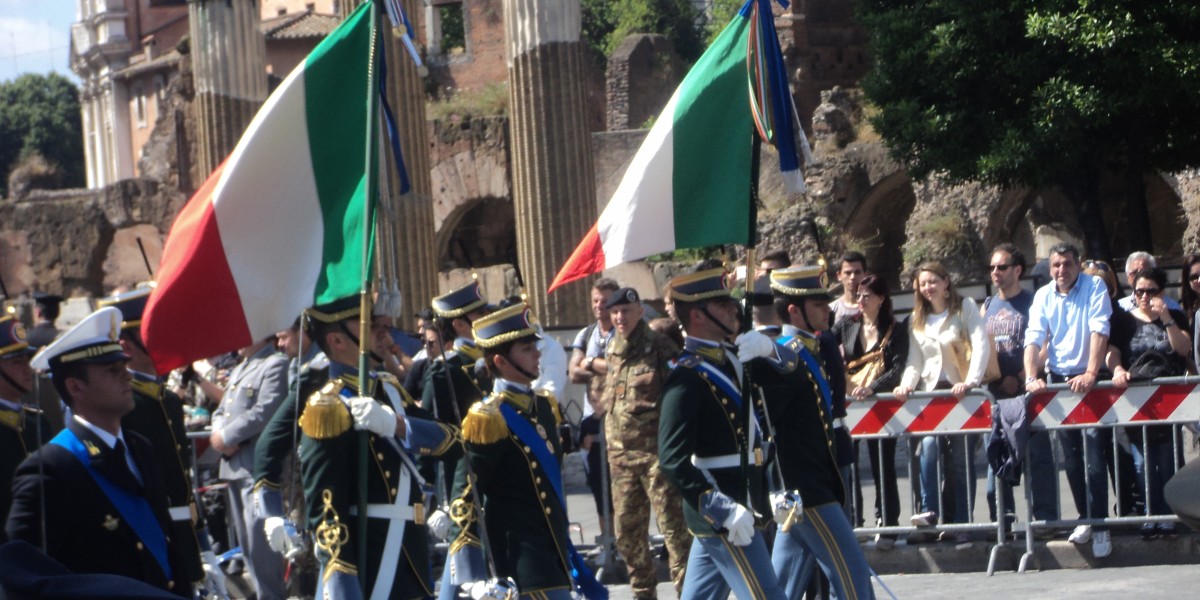
Italians were called to vote in a constitutional referendum to decide the country's form of government on 2nd-3rd June, 1946. This historic vote came in the aftermath of the fall of fascism and the devastation of World War II, a period which significantly weakened public support for the monarchy.
The House of Savoy, which had long been the ruling royal family, was associated with Mussolini's regime and the wartime hardships that ensued. Their failure to oppose Mussolini and prevent Italy's descent into dictatorship contributed to their loss of favour among Italians.
In the referendum, a majority favoured establishing a republic over maintaining a monarchy, leading to the exile of the royal family. Subsequently, on May 27, 1949, the Italian Parliament passed Article 260, officially recognising June 2 as a national holiday.
Republic Day in Italy: what is closed?
On Italy's Republic Day, many government offices, schools, and businesses are closed. However, tourist attractions—especially in major cities—may remain open or have special hours. Public transport generally operates but may be affected by road closures due to parades.
What foods are eaten on Republic Day in Italy?
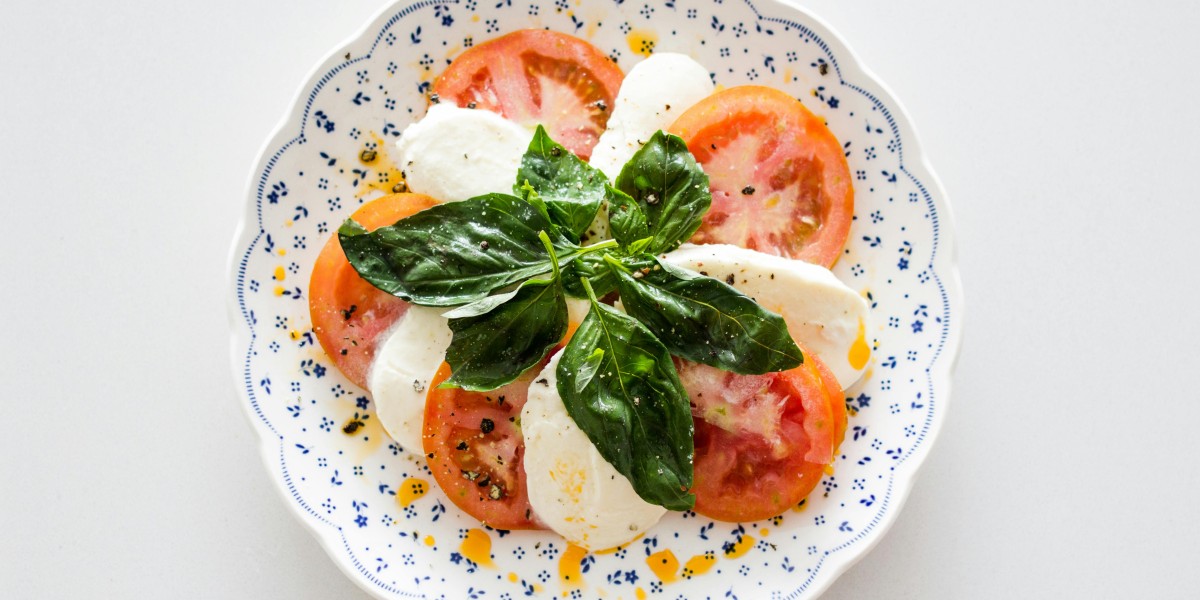
Food plays a vital role in the festive atmosphere of Republic Day in Italy, as families and friends come together to celebrate with traditional Italian dishes. This national holiday provides an opportunity to tuck into lots of regional specialities, each reflecting the unique culinary heritage of different parts of the country.
Firstly, Caprese salad, with layers of ripe tomatoes, fresh mozzarella, and fragrant basil, drizzled with olive oil. Its colours of red, white, and green nicely match the Italian flag. Dishes like pasta alla Norma, made with eggplant, tomatoes, basil, and ricotta salata, are a popular choice, celebrating the rich flavours of Sicily but found in many trattorias across the country.
Additionally, arancini, the famous deep-fried rice balls filled with ragù or cheese, are a popular street food snack. Similar to arancini are supplì, which are often filled with cheese and a tomato-based sauce.
In Rome, the celebration might include classic dishes such as saltimbocca alla Romana, thin veal slices topped with sage and prosciutto. And in Tuscany, you might find porchetta, a succulent roasted pork dish seasoned with herbs, commonly served in panini or as the centrepiece of a celebratory meal.
Republic Day vs. other national holidays in Italy
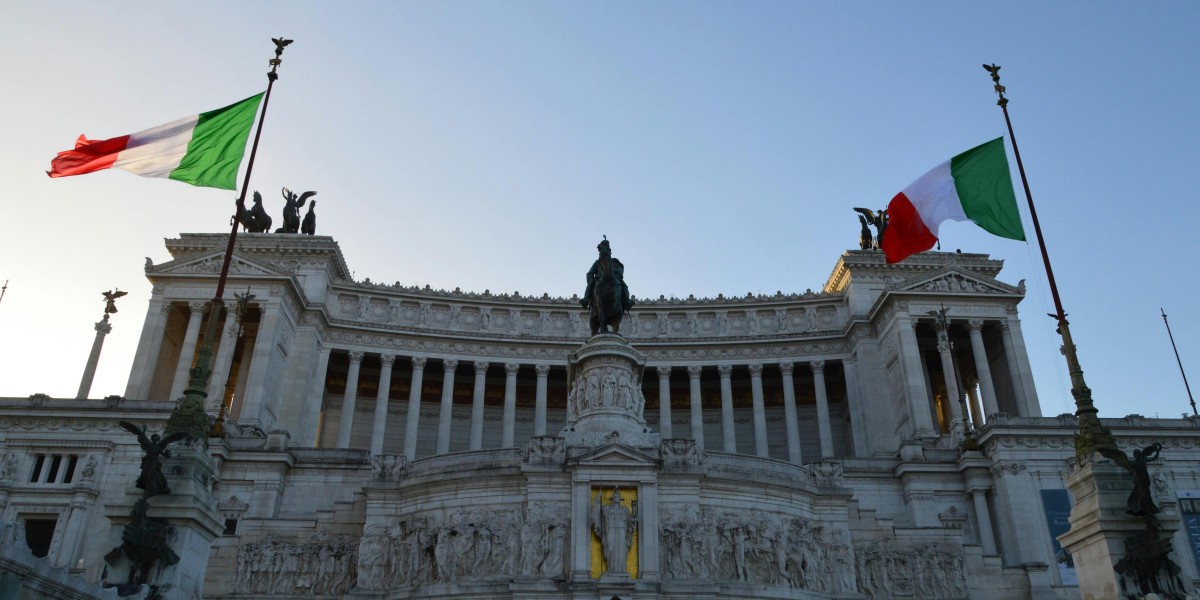
It is important to distinguish Italy's Republic Day from other major holidays such as Liberation Day and All Saints’ Day. While those commemorate liberation from fascism or religious observance, respectively, Republic Day focuses solely on the foundation of the republic and democratic values.
In contrast, Liberation Day in Italy, observed on April 25th, commemorates the end of Nazi occupation and fascist rule during World War II in 1945. Both holidays celebrate Italy's democratic evolution. However, Liberation Day focuses on the liberation from oppression and the sacrifices made. Republic Day, on the other hand, celebrates the idea of an institutional change and the people's choice in shaping Italy's political future.
All Saints' Day is on the 1st November every year, and is a religious holiday with deep roots in Christian tradition. It honours all the saints of the Christian faith, celebrated across Italy with masses and visits to cemeteries to remember deceased loved ones.
The importance of Italy's Republic Day for Italians
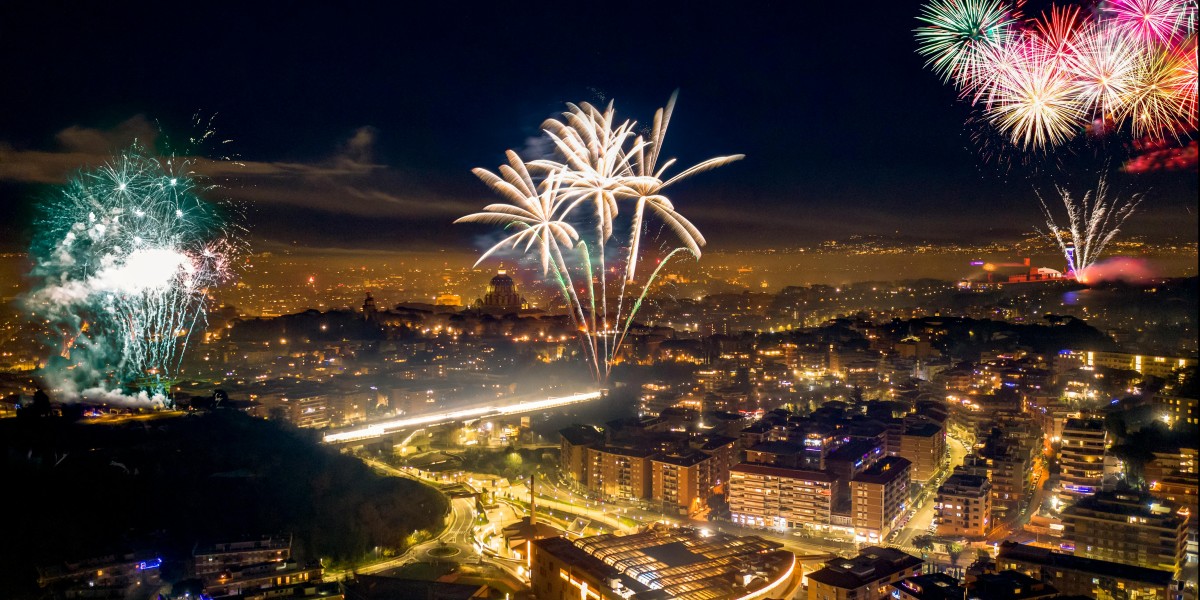
Republic Day holds profound significance for Italians today as a reflection of their nation's heritage and the shifts made since the historic vote of 1946. On this day, Italians honour those who courageously fought for freedom and contributed to shaping the republic. It is both a celebration and a moment of national unity, where the values of democracy and equality are strongly emphasised. Despite its controversial nature as a holiday for various reasons, Republic Day gives Italians a chance to come together, celebrating the liberties they now enjoy and the progress made since the vote.
